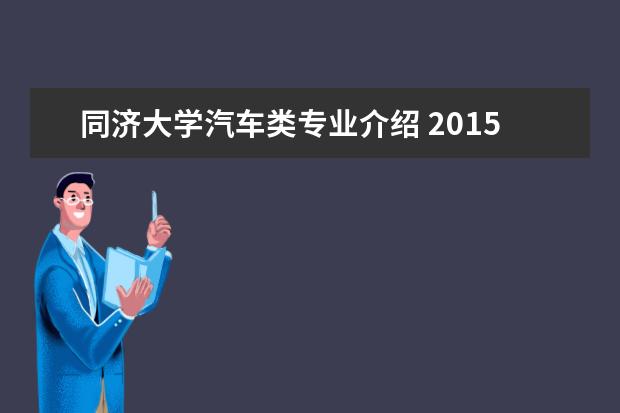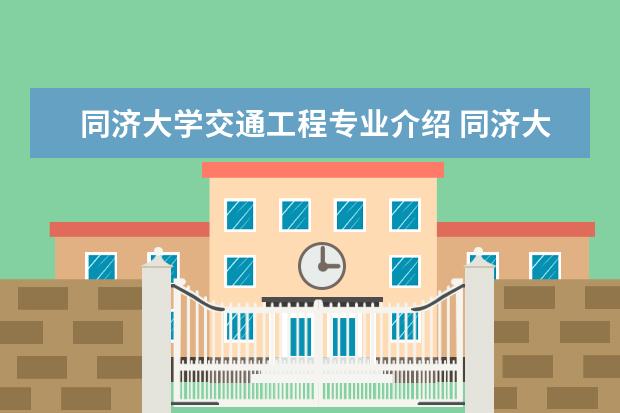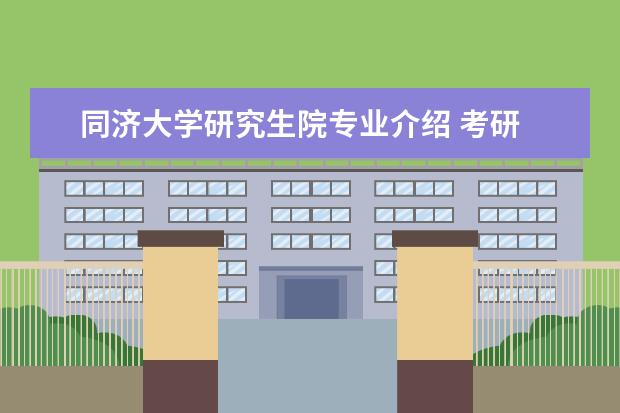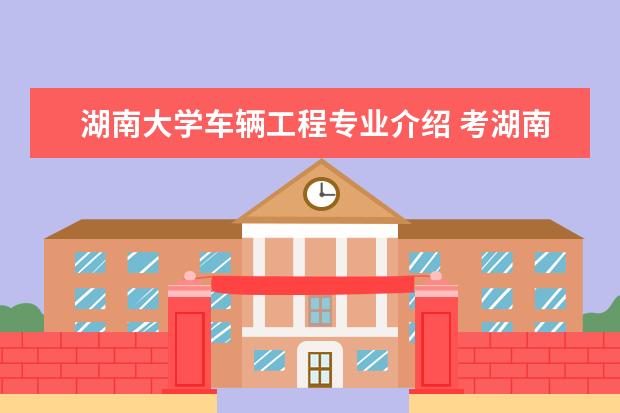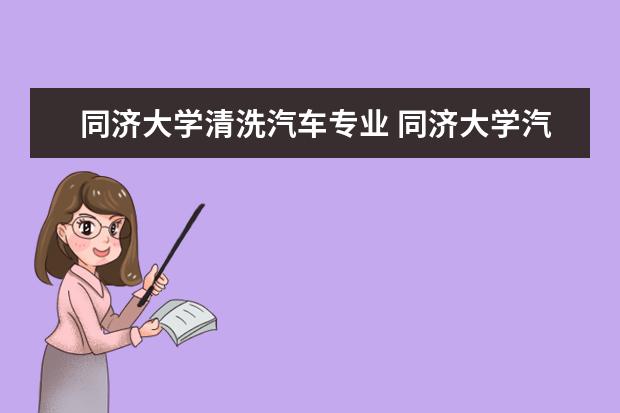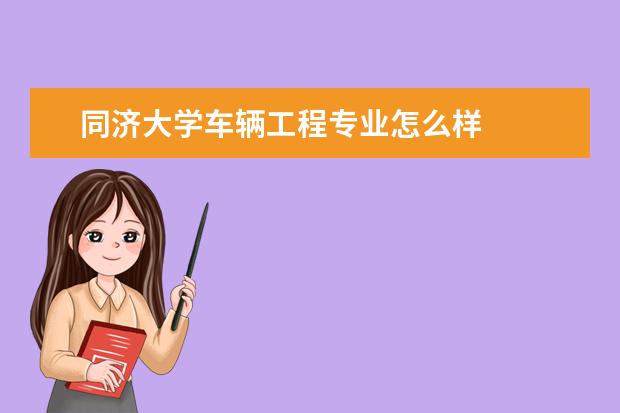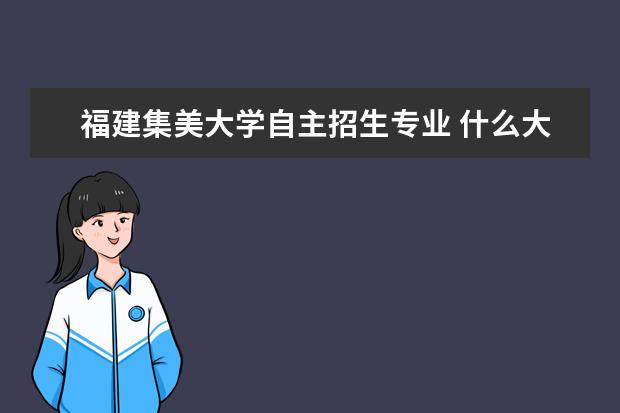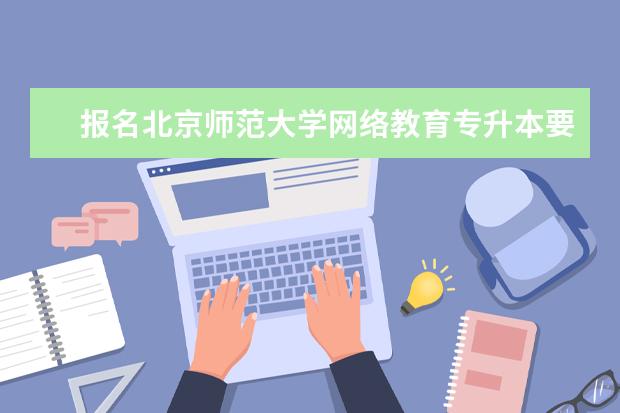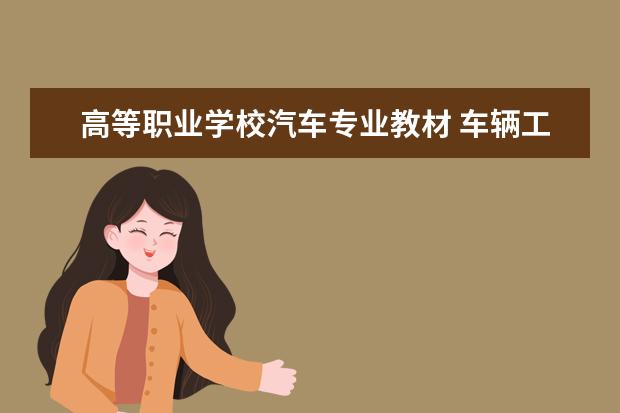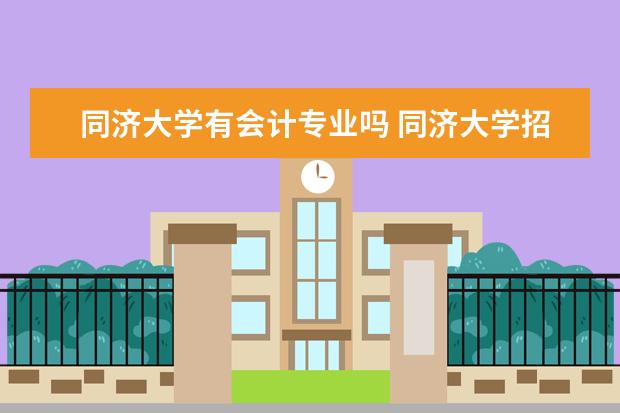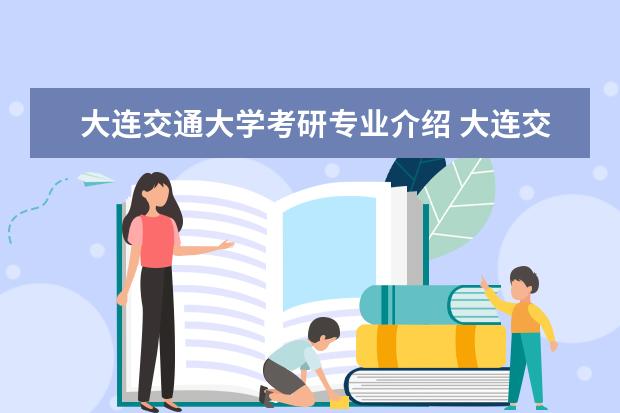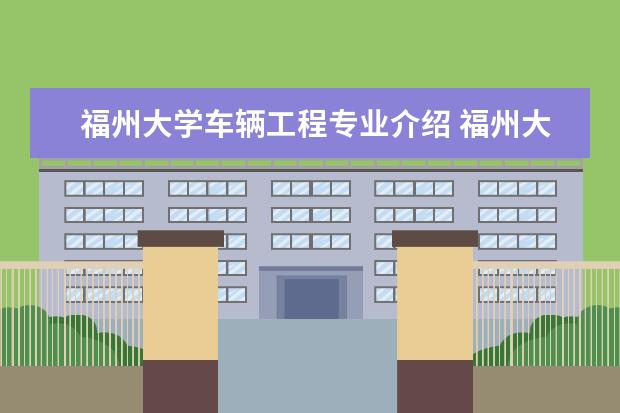在平时的学习生活当中,对于大学专业一定都很关心,今天蜕变学习小编为大家整理了同济大学的专业的介绍英文,希望能够帮助到大家。
同济大学招收车辆工程的研究生么?统考的科目是什么?...
同济大学环境工程研究生复试全英文吗

同兄姿济大学环境工程研究生复试不需要全英文。
复试主要考查考生的专业素养、创新能力、外语水平、培养潜力、心理品质等方面的内容,应尽可能采用综合性磨漏、开放性的能力型试题。
要通过考生递交大学学习成绩单、毕业论文、科研成果、专家推荐信等补充材料,加强对考生既往学业、一贯表现、科研能力、综合素质和思想品德等情况的全面考查。
相关信息介绍:
同济大学前身是1907年德国医生埃里希·宝隆在上海创办的德文医学堂;1908年改名同济德文医学堂;1912年与创办不久的同济羡游绝德文工学堂合称同济德文医工学堂;1923年正式定名同济大学;1927年成为国立同济大学,是中国最早的七所国立大学之一。
截至2021年5月,学校设有29个专业学院,9家附属医院。4个校区占地3960亩,总建筑面积183余万平方米。拥有全日制本科生18510人,硕士研究生11038人,博士研究生6514人。另有国际学生2225人。
以上内容参考: 百度百科-同济大学
急求奥巴马在同济大学演讲的英文翻译

at Town Hall Meeting with Future Chinese Leaders
Museum of Science and Technology, Shanghai, China
November 16, 2009
PRESIDENT OBAMA: Good afternoon. It is a great honor for me to be here in Shanghai, and to have this opportunity to speak with all of you. I'd like to thank Fudan University's President Yang for his hospitality and his gracious welcome. I'd also like to thank our outstanding Ambassador, Jon Hunt*an, who exemplifies the deep ties and respect
between our nations. I don't know what he said, but I hope it was good. (Laughter.)
What I'd like to do is to make some opening comments, and then what I'm really looking forward to doing is taking questions, not only from students who are in the audience, but also we've received questions online, which will be asked by some of the students who are here in the audience, as well as by Ambassador Hunt*an. And I am very sorry that my Chinese is not as good as your English, but I am looking forward to this chance to have a
dialogue.
This is my first time traveling to China, and I'm excited to see this majestic country. Here, in Shanghai, we see the growth that has caught the attention of the world -- the soaring skyscrapers, the bustling streets and entrepreneurial activity. And just as I'm impressed
by these signs of China's journey to the 21st century, I'm eager to see those ancient places that speak to us from China's distant past. Tomorrow and the next day I hope to have a chance when I'm in Beijing to see the majesty of the Forbidden City and the wonder of the Great Wall. Truly, this is a nation that encompasses both a rich history and a belief in the promise of the future.
The same can be said of the relationship between our two countries. Shanghai, of course, is a city that has great meaning in the history of the relationship between the United States and China. It was here, 37 years ago, that the Shanghai Communique opened the door to a new chapter of engagement between our governments and among our people. However, America's ties to this city -- and to this country -- stretch back further, to the earliest days of America's independence.
In 1784, our founding father, George Washington, commissioned the Empress of China, a ship that set sail for these shores so that it could pursue trade with the Qing Dynasty. Washington wanted to see the ship carry the flag around the globe, and to forge new ties with nations like China. This is a common American impulse -- the desire to reach for new horizons, and to forge new partnerships that are mutually beneficial.
Over the two centuries that have followed, the currents of history have steered the relationship between our countries in many directions. And even in the midst of tumultuous winds, our people had opportunities to forge deep and even dramatic ties. For instance, Americans will never forget the hospitality shown to our pilots who were shot down over your soil during World War II, and cared for by Chinese civilians who risked all that they had by doing so. And Chinese veterans of that war still warmly greet those American veterans who return to the sites where they fought to help liberate China from occupation.
A different kind of connection was made nearly 40 years ago when the frost between our countries began to thaw through the simple game of table tennis. The very unlikely nature of this engagement contributed to its success -- because for all our differences, both our common humanity and our shared curiosity were revealed. As one American
player described his visit to China -- "[The]people are just like us…The country is very similar to America, but still very different."
Of course this *all opening was followed by the achievement of the Shanghai Communique, and the eventual establishment of formal relations between the United States and China in 1979. And in three decades, just look at how far we have come.
In 1979, trade between the United States and China stood at roughly $5 billion -- today it tops over $400 billion each year. The commerce affects our people's lives in so many ways. America imports from China many of the computer parts we use, the clothes we wear; and we export to China machinery that helps power your industry. This trade could create even more jobs on both sides of the Pacific, while allowing our people to enjoy a better quality of life. And as demand becomes more balanced, it can lead to even broader prosperity.
In 1979, the political cooperation between the United States and China was rooted largely in our shared rivalry with the Soviet Union. Today, we have a positive, constructive and comprehensive relationship that opens the door to partnership on the key global issues of our time -- economic recovery and the development of clean energy; stopping the spread of nuclear weapons and the scourge of climate change; the promotion of peace and security in Asia and around the globe. All of these issues will be on the agenda tomorrow when I meet with President Hu.
And in 1979, the connections among our people were limited. Today, we see the curiosity of those ping-pong players manifested in the ties that are being forged across many sectors. The second highest number of foreign students in the United States come from China, and we've seen a 50 percent increase in the study of Chinese among our own students. There are nearly 200 "friendship cities" drawing our communities
together. American and Chinese scientists cooperate on new research and discovery. And of course, Yao Ming is just one signal of our shared love of basketball --I'm only sorry that I won't be able to see a Shanghai Sharks game while I'm visiting.
It is no coincidence that the relationship between our countries has accompanied a period of positive change. China has lifted hundreds of millions of people out of poverty -- an accomplishment unparalleled in human history -- while playing a larger role in global events. And the United States has seen our economy grow along with the standard of living enjoyed by our people, while bringing the Cold War to a successful conclusion.
There is a Chinese proverb: "Consider the past, and you shall know the future." Surely, we have known setbacks and challenges over the last 30 years. Our relationship has not been without disagreement and difficulty. But the notion that we must be adversaries is not predestined -- not when we consider the past. Indeed, because of our cooperation, both the United States and China are more prosperous and more secure. We have seen what is possible when we build upon our mutual interests, and engage on the basis of
mutual respect.
And yet the success of that engagement depends upon understanding -- on sustaining an open dialogue, and learning about one another and from one another. For just as that American table tennis player pointed out -- we share much in common as human beings, but our countries are different in certain ways.
I believe that each country must chart its own course. China is an ancient nation, with a deeply rooted culture. The United States, by comparison, is a young nation, whose culture is determined by the many different immigrants who have come to our shores, and by the founding documents that guide our democracy.
Those documents put forward a simple vision of human affairs, and they enshrine several
core principles -- that all men and women are created equal, and possess certain
fundamental rights; that government should reflect the will of the people and respond to their wishes; that commerce should be open, information freely accessible; and that laws, and not simply men, should guarantee the administration of justice.
Of course, the story of our nation is not without its difficult chapters. In many ways --over many years -- we have struggled to advance the promise of these principles to all of
our people, and to forge a more perfect union. We fought a very painful civil war, and freed a portion of our population from slavery. It took time for women to be extended the right to vote, workers to win the right to organize, and for immigrants from different corners of the globe to be fully embraced. Even after they were freed, African Americans persevered through conditions that were separate and not equal, before winning full and equal rights.
None of this was easy. But we made progress because of our belief in those core principles, which have served as our compass through the darkest of storms. That is why Lincoln could stand up in the midst of civil war and declare it a struggle to see whether any nation, conceived in liberty, and "dedicated to the proposition that all men are created equal" could long endure. That is why Dr. Martin Luther King could stand on the steps of the Lincoln Memorial and ask that our nation live out the true meaning of its creed. That's why immigrants from China to Kenya could find a home on our shores; why opportunity is available to all who would work for it; and why someone like me, who less than 50 years ago would have had trouble voting in some parts of America, is now able to serve as its President.
And that is why America will always speak out for these core principles around the world. We do not seek to impose any system of government on any other nation, but we also don't believe that the principles that we stand for are unique to our nation. These freedoms of expression and worship -- of access to information and political participation -- we believe are universal rights. They should be available to all people, including ethnic and religious minorities -- whether they are in the United States, China, or any
nation. Indeed, it is that respect for universal rights that guides America's openness to other countries; our respect for different cultures; our commitment to international law; and our faith in the future.
These are all things that you should know about America. I also know that we have much to learn about China. Looking around at this magnificent city -- and looking around this room -- I do believe that our nations hold something important in common, and that is a
belief in the future. Neither the United States nor China is content to rest on our achievements. For while China is an ancient nation, you are also clearly looking ahead with confidence, ambition, and a commitment to see that tomorrow's generation can do better than today's.
In addition to your growing economy, we admire China's extraordinary commitment to science and research -- a commitment borne out in everything from the infrastructure you build to the technology you use. China is now the world's largest Internet user -- which is why we were so pleased to include the Internet as a part of today's event. This country now has the world's largest mobile phone network, and it is investing in the new forms of energy that can both sustain growth and combat climate change -- and I'm looking forward to deepening the partnership between the United States and China in this critical area tomorrow. But above all, I see China's future in you -- young people whose talent and dedication and dreams will do so much to help shape the 21st century.
strengths, and creativity of individual Chinese like you.
I've said many times that I believe that our world is now fundamentally interconnected. The jobs we do, the prosperity we build, the environment we protect, the security that we seek -- all of these things are shared. And given that interconnection, power in the 21st century is no longer a zero-sum game; one country's success need not come at the expense of another. And that is why the United States insists we do not seek to contain China's rise. On the contrary, we welcome China as a strong and prosperous and successful member of the community of nations -- a China that draws on the rights,
To return to the proverb -- consider the past. We know that more is to be gained when great powers cooperate than when they collide. That is a lesson that human beings have learned time and again, and that is the example of the history between our nations. And I believe strongly that cooperation must go beyond our government. It must be rooted in our people -- in the studies we share, the business that we do, the knowledge that we gain, and even in the sports that we play. And these bridges must be built by young men and women just like you and your counterparts in America.
That's why I'm pleased to announce that the United States will dramatically expand the number of our students who study in China to 100,000. And these exchanges mark a clear commitment to build ties among our people, as surely as you will help determine the destiny of the 21st century. And I'm absolutely confident that America has no better ambassadors to offer than our young people. For they, just like you, are filled with talent and energy and optimi* about the history that is yet to be written.
So let this be the next step in the steady pursuit of cooperation that will serve our nations, and the world. And if there's one thing that we can take from today's dialogue, I hope that it is a commitment to continue this dialogue going forward.
So thank you very much. And I look forward now to taking some questions from all of you. Thank you very much. (Applause.)
同济大学MTI英语笔译、英语口译专业介绍

同济大学MTI英语笔译、英语口译专业介绍
同济大学翻译硕士英语笔译、口译专业研究生统考初试内容相同,共考察四门科目,分别为思想政治理论、翻译硕士英语、英语翻译基础、汉语写作与百科知识。其中,思想政治理论全国统一命题,翻译硕士英语、英语翻译基础、汉语写作与百科知识由同济大学单独命题.
翻译硕士英语
2014-2016年,同济大学翻译硕士英语题型无变化:试卷包含四部分,分别为词汇、语法、阅读与写作。但各部分所占分值略有调整。2017年同济大学暂停翻译硕士专业学位的招生。
2014、2015年,翻译硕士英语题型及分值如下:
一、词汇单项选择,共10题,每题0.5分,共计5分;
二、句子改错单项选择(题型类似CATTI笔译综合考试中词汇替换题型,题干为一个句子或一段文字,其中一部分或整句划线,液搜每题五个选项,要求考生选出当中替换划线部分最合适的选项,其中选项A为原句),共20题,每题0.5分,共闹贺历计10分;
三、阅读理解,共7篇,每篇为五道选择题,每题1分,共计35分;
四、写作,二选一,要求500字,共计50分。
2016年,题型不变,分值比重略有不同:
一、词汇单项选择,共10题,每题1分,共计10分;
二、句子改错单项选择,共20题,每题1分,共计20分;
三、阅读理解,共5篇,每篇为五道选择题,每题1分,共计30分;
四、写作,二选一,要求500字,共计40分。
总体来说,前两部分难度不大,但第二部分题型与之前有所创新,比较考验考生考场抗压能力和应变能力。建议考生备考时多练习各种题型,以不变应万变,还要注意答题时间的分配。
英语翻译基础
2014-2016年,同济大学英语翻译基础题型略有变化。
2014、2015年,英语翻译基础题型及分值分布如下:
一、词条英汉互译(2014和2015年题量有所变化。2014年汉英短语翻译8题,英汉短语翻译7题,每题2分;2015年,汉英短语翻译10个,每题2分,英汉短语翻译10个,每题1分),共计30分;
二、英汉互译,英译中2篇,中译英2篇,每篇20分,共计80分;
三、翻译评析,分2题,第一题段落翻译评析,占30分;第二题短语、短句翻译评析,占10分;共计40分。
2016年,英语翻译基础题型、题量、分值分布均有所调整:
一、词条英汉互译,其中英译中10题,中译英10题,每题2分,共计40分;
二、英汉互译,英译中2篇,中译英2篇,每篇20分,共计80分;
三、名词解释,共三个英文名词,分值分别为3分、3分、4分,共计10分;
四、问答题,10分;
五、翻译评析,10分。
根据历年真题来看,同济大学比较注重文学类翻译的考察,政经类文本有所涉及。而且几乎每年都会涉及一篇文言文的翻译,也是整张考卷中最难的部分,不仅考察考生翻译能力,还考察考生的`汉语理解能力。建拍敬议考生备考期间在文学翻译上多下功夫。
汉语写作与百科知识
2014-2016年,同济大学汉语写作与百科知识题型、题量及分值分布无变化。
汉语写作与百科知识题型与分值分布如下:
一、应用文写作,40分;
二、议论文写作,60分;
三、百科知识,其中填空题10分,选择题20分,名词解释20分,共计50分。
同济大学应用文写作一般为仿写,题干中给出一篇文章,要求考生模仿其格式,建议考生考前熟悉各种应用文本的格式,以防考试突然取消例文。百科知识考察内容涉及古今中外,甚至包括一些当下流行的网络用语,建议考生尽可能拓宽知识面。
;同济大学英文名称缩写
同济大学英文名称缩写是:TJU,同济大学历史悠久、声誉卓著,是中国最早的国立大学之一,是教育部直属并与上海市共建的全国重点大学。
同济大学,简称“同济”,是中国最早的国立大学之一,是教育部直属并与上海市共建的埋租全国重点大学。经过115年的发展,同济大学已经成为一所特色鲜明、在海内外有较大影响力的综合性、闭液闭研究型、国际化大学,综合实力位居国内高校前列。
学校始于1907年德国医生埃里希•宝隆在中德两国*和社会各界支持下创办的同济德文医学堂。1912年与创办不久的同济德文工学堂合称同济德文医工学堂。1917年由华人接办,先后改称为同济医工学校和私立同济医工专门学校。
1923年定名为同济大学,1927年成为国立大学。1937年,经过六次搬迁,先后辗转沪、浙、赣、桂、滇等地。1940年迁至四川宜宾的李庄古镇坚持办学。1946年回迁上海以后,发展成为以理、工、医、文、法五大学院著称的综合性大学。
2003年,上海航空工业学校划归同济大学管理。2004年,列为中管高校。2017年,列为国家世界一流大学建设A类高校。
截至2022年11月,同济大学设有29个专业学院,11家附属医院,13所附属中小学。有四平路、嘉定、沪西和沪北等4个主要校区,占地面积2.56平方公里,校舍总建筑面积184余万平方米,图书馆总藏书量455万余册轿裂。
有全日制本科生18514人,硕士研究生11319人,博士研究生7265人,另有国际学生2088人;拥有专任教师2792人,其中专业技术职务正高级1096人;有本科招生专业82个,硕士学位一级学科授权点44个。
以上就是关于同济大学的专业的介绍英文的全部内容了,如果需要了解更多相关资讯敬请关注蜕变学习。
免责声明:文章内容来自网络,如有侵权请及时联系删除。
本文标题:同济大学的专业的介绍英文 同济大学招收车辆工程的研究生么?统考的科目是什么?...
wap地址: https://m.tbqqq.com/zixun/472841.html

